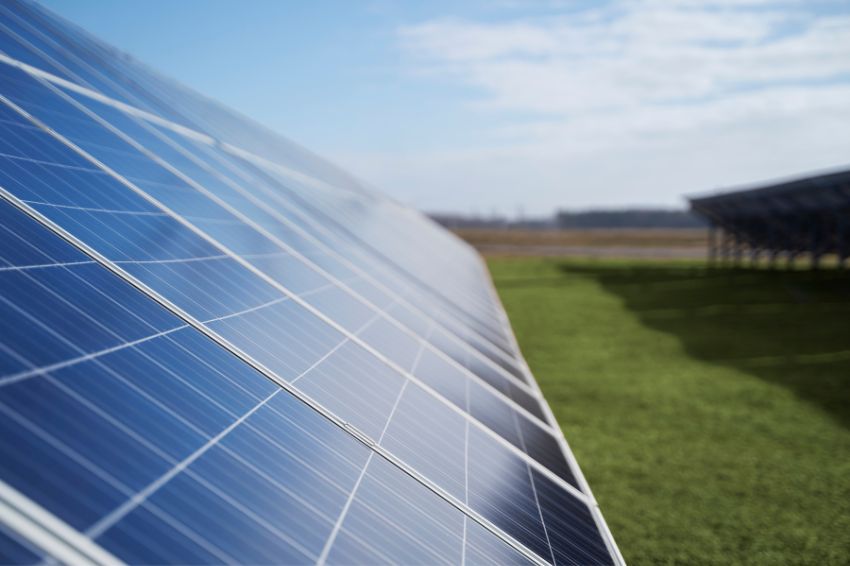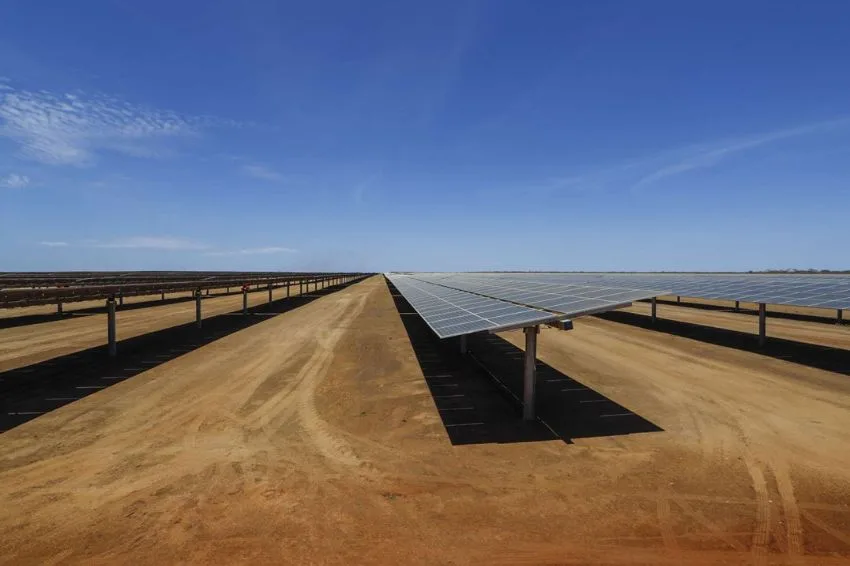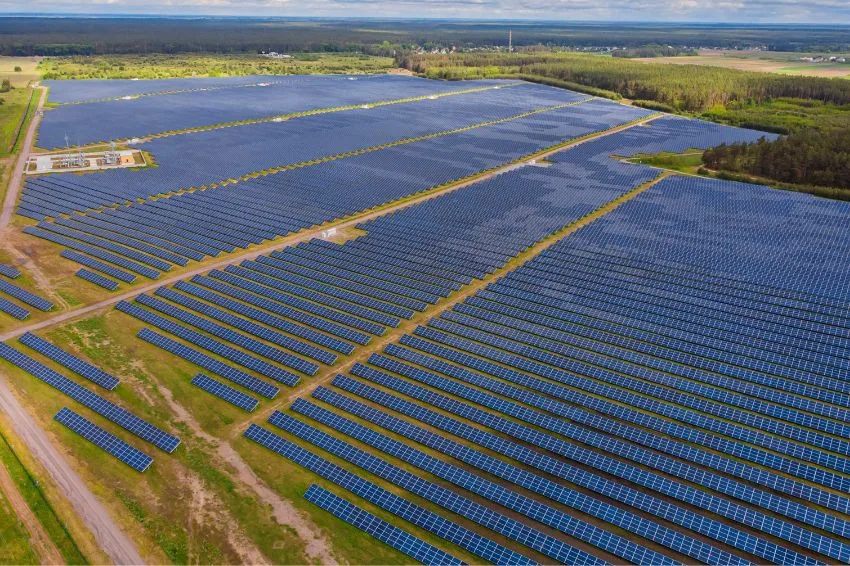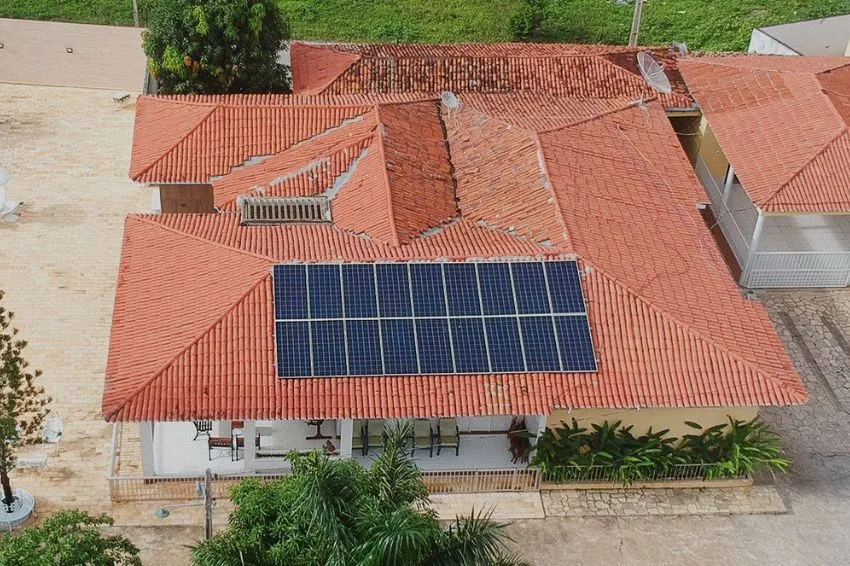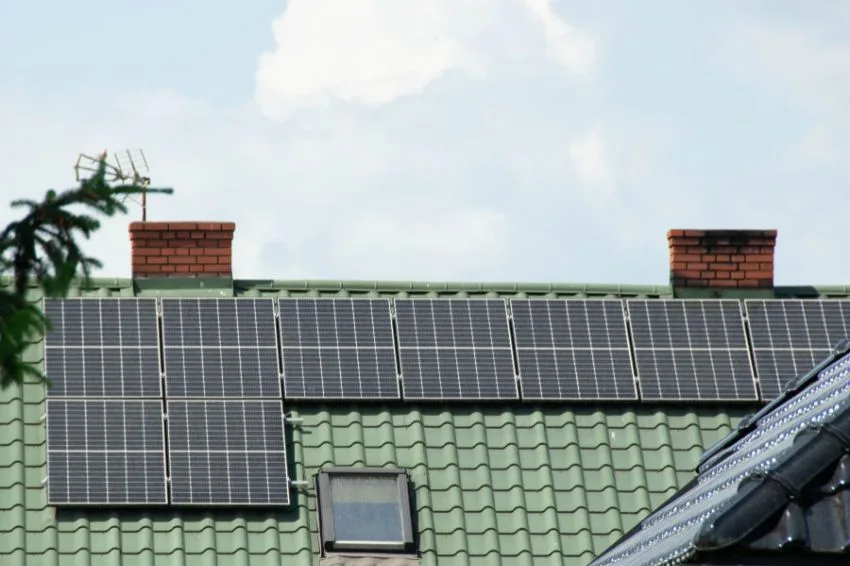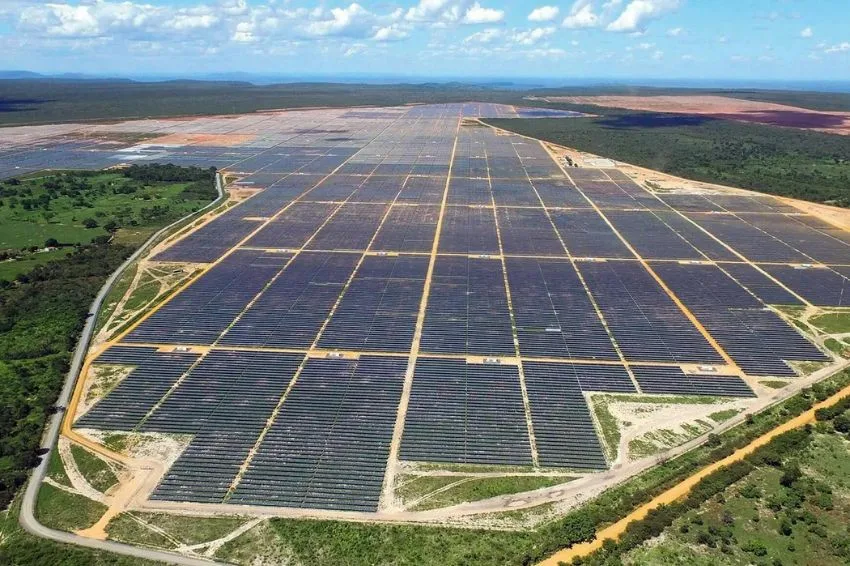A Photovoltaics will become the most cost-competitive technology in Latin America from 2023, according to the latest research report from Wood Mackenzie.
The Latin America levelized cost of electricity, which examines the generation scenario across the region until 2050, also highlighted that the Solar will replace onshore wind by 2025.
The company predicts that solar will continue to have the lowest electricity cost of all technologies in Latin America until 2050, with US$ 14 per MWh.
“Energy demand on the continent is expected to nearly double by 2040 compared to 2021 levels – a higher growth rate than North America,” said Leila Garcia, research manager – Latin America Power & Renewables at Wood Mackenzie .
“However, despite the region already being a pioneer in the generation of renewable energy, there are still doubts about how Latin America will contribute to the global energy transition effort”, he highlighted.
“Our analysis of LCOE reveals which technologies will be competitive by 2050, helping customers understand how countries are supporting global decarbonization”, added the executive.
Lower LCOE
According to the study, exceptionally high capacity factors in Mexico will allow its PV market to achieve the lowest LCOE among all outlook countries, followed by Chile.
“Expected solar cost reductions are significant, with average capital investment falling by 55% from 2022 to 2050. This is primarily led by technological improvements, such as bifacial modules becoming the norm across the region in the medium term,” he reported.
Offshore wind will be the most competitive in Brazil and Colombia, offering the two lowest LCOEs in the region, with US$ 79.7/MWh and US$ 57.3/MWh, respectively, by 2035.
On-site electrolyzers eliminate the need for transmission contributions, which translates into an additional 13% in reducing the LCOE of offshore wind. However, the costs of this technology will fall by 46% in the region and will not reach grid parity with other renewable technologies.
“For onshore wind, current supply chain challenges and high inflation will cause a sharp increase in costs through 2024, followed by a slow recovery. The LCOE of onshore wind in Latin America is already below that of Combined Cycle Gas Turbines (CCGT), except in Argentina”, commented Leila.
After 2033, for example, the study found that onshore wind energy will remain cheaper than gas in all countries in the region until 2050.
Other highlights
Another point emphasized by Wood Mackenzie is that off-grid applications for green hydrogen production are currently the main driver of offshore projects in Latin America, with the first expected to come online as early as 2032.
Autonomous storage has the highest cost reduction rate of all technologies, averaging 64% across countries in the region. “The rapid cost reduction of solar and independent energy storage will result in extremely attractive LCOE levels for hybrid projects in the region, with US$ 21.4/MWh forecast by 2050.”
“We expect the attractiveness of conventional sources to decline over time as ESG mandates grow. With limited opportunities for innovation, the prospects for significant cost reductions for hydroelectric and thermal plants are nil. Increasing regulatory and environmental barriers will also make these projects less bankable and therefore more expensive,” he concluded.


